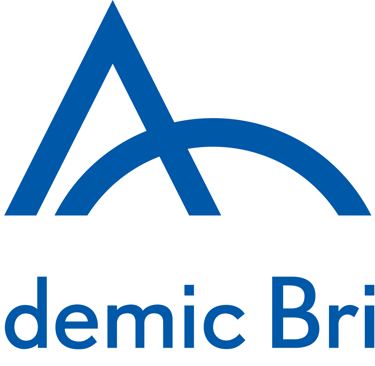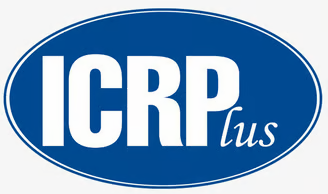Introduction
First aid can save lives and prevent minor injuries becoming major ones. Under health and safety legislation, employers have to ensure that there are adequate and appropriate equipment and facilities for providing first aid in the workplace.
Main Objectives:
To provide basic first aid intervention when required to children, staff members and visitors.
Ensures that parents are called if needed
In the case of grave accident/health incident, ensures that the school vehicle conducts directly the child to the relevant medical facility
Ensures that the accompanying First Aider guards the injured/ill child until the arrival of a family member/Parent/Guardian or any other adult who follows up on the matter.
First Aiders will:
Always attend a casualty when requested to do so and treat the casualty to the best of their ability in the safest way possible. This includes wearing gloves where any loss of blood or body fluid is evident, calling for help from other First Aiders or Emergency Services.
Help fellow First Aiders at an incident and provide support during the aftermath
Act as a person who can be relied upon to help when the need arises
Ensure that their portable first aid kits are adequately stocked and always to hand
Aid boxes are located at the sick room.
Insist that any child who has sustained a significant head injury is seen by professionals at the hospital, either by sending them directly to hospital or by asking parents to pick up them up and advise that the child is taken to the hospital. Ensure that parents are aware of al head injuries promptly.
BRIGHT ANGELS INTERNATIONAL SCHOOL recognizes that accidents involving the pupil’s head can be problematic because the injury may not be evident (e.g. internal) and the effects only become noticeable after a period of time. Where a pupil receives a bump to the head as a result of an accident an “Accidental Bump to the Head” letter will be sent home with the child.
Sport Staff are First Aider trained and will handle the situation provided that it is within their sphere of competence. Where appropriate, a member of the management will be involved and if it is deemed appropriate then an Ambulance will be summoned as appropriate. Staff are required to assess the situation and make a reasoned judgement as to whether an Ambulance is required and, in such cases, the pupil’s parents will be contacted to advise them of the extent of the injury.
Ensure that a child who is sent to hospital by ambulance is either accompanied in the ambulance at the request of paramedics or followed to a hospital by a member of staff to act in loco parentis if a relative cannot be contacted or met at hospital by a relative.
Also ensure that a child or a staff member who goes to hospital takes with them the relevant details of the child. The First Aider need not be the member of staff to accompany the casualty to hospital, however, an appropriate person should be sent.
Keep a record of each student attended to, the nature of the injury and any treatment given, in the form provided in the office and the Nurse room. In the case of an accident, the Accident form must be completed by the appropriate person, within 24 hours of occurrence and reported immediately to the Principal.
Ensure that everything is cleared away, using gloves, and every dressing etc. be put in an appropriate bag for contaminated/used items and sealed tightly before disposing of the bag in a bin. Any bloodstains on the ground must be washed away thoroughly. No contaminated or used items should be left lying around.
The School Office will:
Ensure that they always obtain the history relating to a student not feeling well.
Ensure that in the event that where an injury is sufficiently severe (e.g. bleeding which cannot be reasonably treated with cleaning and application of a plaster, a bump to the head where the child reports dizziness or appears disorientated, injury to a limb where a bad sprain or fracture is suspected, breathing problems, fainting), the student must be referred to a First Aider or a medical professional for examination. A vehicle may well have to be called.
At the start of each academic year, provide the first aid team with a list of students who are known to be asthmatic, anaphylactic, diabetic, and epileptic or have any other serious illness. Inhalers etc. should be clearly marked with the child’s name and are kept by the Principal.
Have a file of up to date medical consent forms for every student in each year and ensure that these are readily available for staff responsible for school trips/outings.
Ensure the confidentiality of information with regards to pupils.
Teachers will:
Familiarize themselves with the first aid procedures in operation and ensure that they know who the current First Aiders are.
Be aware of specific medical details of individual pupils when publicized by the school.
Ensure that their students/tutees are aware of the importance of safety and hazard awareness.
Never move a casualty until they have been assessed by a qualified First Aider unless the casualty is in immediate danger.
Send for help to the school main office as soon as possible.
Reassure, but never treat, a casualty unless staff are in possession of a valid first aid certificate or know the correct procedures; such staff can obviously start emergency aid until a First Aider arrives at the scene or instigate simple airway measures if clearly needed.
Send a student who has minor injuries to Reception if they are able to walk where a First Aider will see them; this student should be accompanied by a member of staff.
Send a student who feels generally ‘unwell’ to the school office.
Ensure that they have a current medical consent form for every student that they take out on a school trip which indicates any specific conditions or medications of which they should be aware.
Have regard to personal safety.
First Aid Policy
FIRST AID
-YD05zqjGzxT5GNQw.png)
-YD05zqjGzxT5GNQw.png)
-A1aNj8D5poCzRkVW.png)
-A1aNj8D5poCzRkVW.png)






-YD05zqjGzxT5GNQw.png)
-YD05zqjGzxT5GNQw.png)











